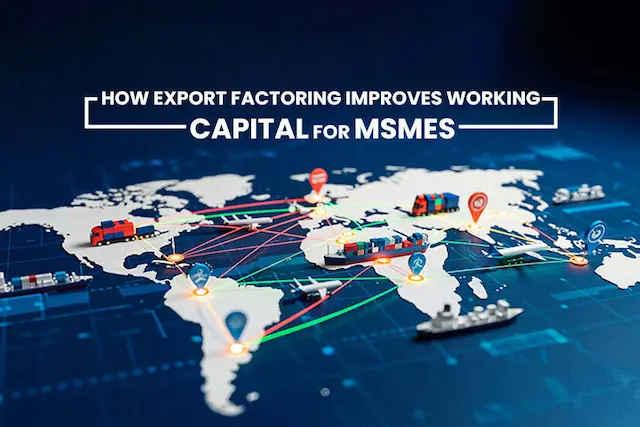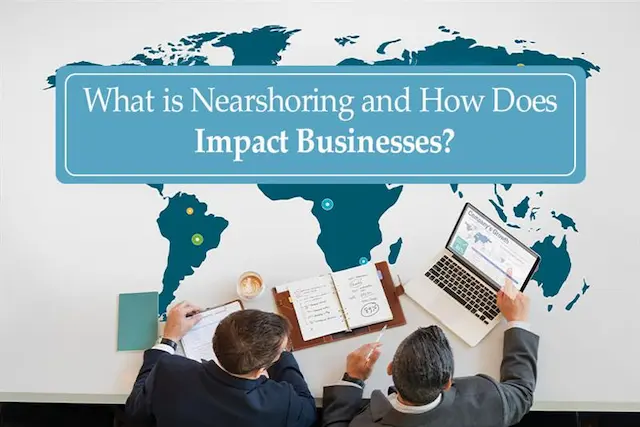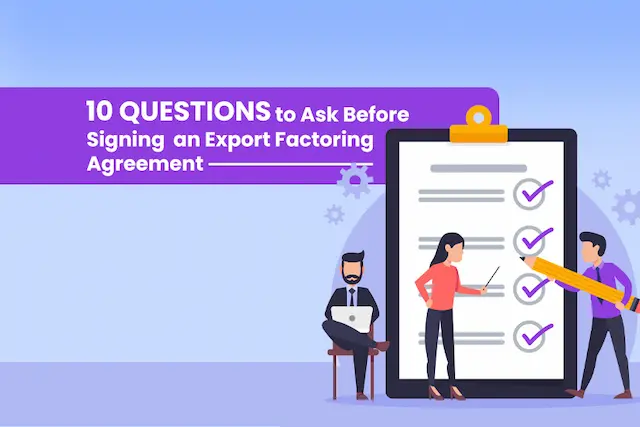Global trade is highly competitive, and the right financing tool can determine whether a deal is successfully closed or lost due to delays. Among the most widely used methods are export factoring and letters of credit. While both serve the common purpose of securing payments and reducing risks for exporters, they operate differently and cater to distinct business needs. For exporters, understanding the benefits and practical applications of each is essential to strengthening their position in international markets.
What Is Export Factoring?
Export factoring is a financial agreement that involves the sale of invoices, known as receivables, of an exporter to a factoring organisation at a discount. The exporter, in exchange, will receive cash instantly; hence, liquidity is enhanced, and operations will run smoothly without waiting for the payment term to expire. The technique is frequently used by small and medium-sized exporters seeking rapid access to working capital and insurance against late payments.
Understanding Letter of Credit (LC)
A letter of credit is a payment guarantee given by the importer’s bank to the exporter, ensuring that payment will be made once the agreed shipment of documents is completed. LCs are prevalent in big transactions across borders where there may be less trust, and both sides require a high level of security. Although it creates additional financial protection, an LC is more time- and paperwork-intensive to obtain and manage than factoring.
How Export Factoring Works
The procedure with export factoring starts when an exporter sends goods to the buyer and invoices. The exporter sells this invoice to a factor and instead of waiting for 60-90 days to get payment, the factor pays about 80-90 per cent immediately. After the payment by the buyer, the factor discharges the balance with fewer service charges. This structure is not only used to speed up cash flow, but in a non-recourse factoring agreement, all or part of the credit risk is sold to the factor.
How Letters of Credit Work
In a letter of credit transaction, the exporter receives money as soon as the importer’s bank pays it after the shipment documents, such as the bill of lading, packing list, and inspection certificate, are completed and checked. This bank guarantee minimises the default risk; however, it could be time-consuming and expensive since there are heavy compliance standards. Exporters tend to utilise LCs on high-value, single-time transactions or trade with new trading parties in unfamiliar markets.
Speed of Payment: Factoring Wins
Factoring, without a doubt, is superior in terms of the quick processing of payment. Exporters can get their money in days as soon as they issue an invoice, unlike waiting to be paid by buyers or the authentication of LC documents. Such a feature makes factoring especially applicable to businesses with tight cash flow cycles or to capture new orders from clients without having to strain their finances.
Risk Management: LC Offers Stronger Guarantees
When it comes to payment security, a better guarantee can be obtained through a Letter of Credit. Since it is reinforced with an obligation of the bank to make payment to lessen the risk of loss due to the buyer’s insolvency. However, factoring, in a non-recourse scenario, also protects the factor as the factor takes the risk that the buyer won’t pay. This selection is made based on the preference for speed or the absolute security of the transaction.
Costs and Fees: Comparing the Two
Financing costs are an important factor for exporters. Factoring charges typically represent a percentage of the value of the invoice, but are often between 1 and 5 per cent, depending on volume, risk, and terms. LCs carry an issuance fee, document fees, and occasionally a confirmation fee, which may prove more expensive on smaller transactions. Exporters need to weigh these costs against the additional speed of payment or the quality of guarantees.
Ease of Use: Factoring Is Simpler
When it comes to complex documentation, factoring often offers relief on most occasions. The exporters present their invoices and evidence of shipment to the factor, whereas LCs carry bank conditions that detail every aspect. An LC may take longer to settle when there is just one mismatched document, whereas factoring has a more business-friendly nature.
Suitable Scenarios for Export Factoring
Factoring export is favourable to exporters who have repeat orders, long-term buyers, and a need for regular cash inflow. It is particularly useful to SMEs that sell to many buyers in various countries because it minimises the reliance on buyer payment systems and can be used to reinvest in production promptly.
Suitable Scenarios for a Letter of Credit
A letter of credit is well-suited to high-value single transactions, trading with new buyers or high-risk buyers, or in politically or economically unstable countries. The bank’s involvement brings a level of comfort to both sides, which is why it is a reliable instrument in complicated transactions.
Combining Both for Strategic Advantage
Some exporters operate on a mixed system, beginning with LC on the first transactions to establish a feeling of trust and moving on to factoring to receive faster payment on subsequent orders. This approach will enable the businesses to maintain the degree of security without compromising liquidity and business flexibility.
Finding the Perfect Fit for Your Export Business
The choice of whether to utilise export factoring or a letter of credit depends on what is important to you– speed and flexibility or payment security. LCs are an irreplaceable guarantee of payment, and factoring ensures quick access to funds and smoother operations. The answer may not be either/or but a mix of the two, which fits particular markets, purchasers, and transaction volumes for many exporters.
Credlix democratizes export factoring and invoice discounting services, making it easy because it uses fast and digital onboarding processes, instant verification of invoices, and multi-currency settlement to accommodate exporters. Credlix can save you paperwork and enhance the predictability of cash flow with funding within 24-72 hours, flexible recourse, and a real-time dashboard that displays collections and fees. This will allow MSMEs to concentrate on delivery, better supplier terms, and growth into new markets without having to worry about unpaid invoices.
FAQs
Q1: Is export factoring risk-free?
No, factoring is subject to risk unless it is a non-recourse agreement in which defaults in payment are absorbed by the factor.
Q2: Factoring or a letter of credit, which is cheaper?
Prices can differ, but factoring may usually have lower initial costs on small deals, whereas LCs may cost more due to the bank costs.
Q3: Will factoring and letters of credit work in case the business is small?
Indeed, such SMEs make use of the LCs at the beginning of the business and change to factoring in case of regular trades in order to reconcile security and cash flow.





